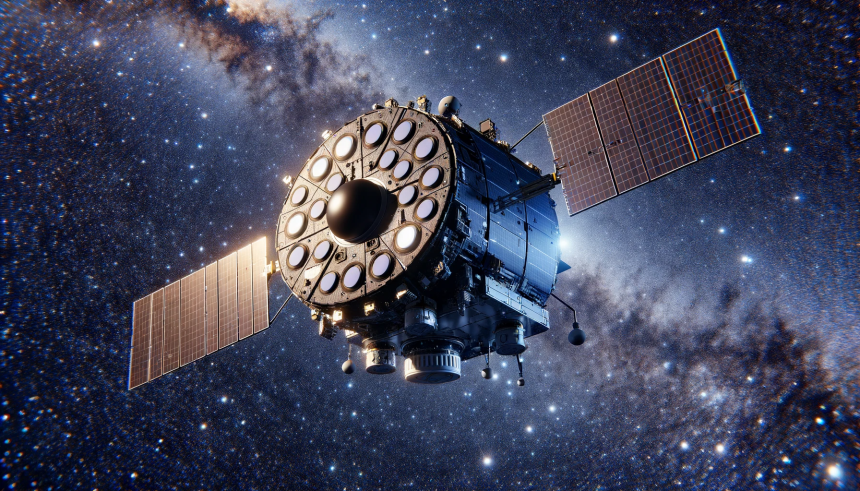NASA‘s James Webb Space Telescope has provided scientists with a surprising revelation about the WL 20 star system. Previously thought to contain a single star, observations have shown that WL 20 actually consists of twin stars. Utilizing the Mid-Infrared Instrument (MIRI) on the Webb telescope, researchers identified these stars as a pair formed approximately 2 to 4 million years ago. This new insight was presented at the 244th meeting of the American Astronomical Society on June 12.
The Mid-Infrared Instrument (MIRI) is one of the four main scientific instruments on the James Webb Space Telescope. MIRI observes light in the mid-infrared region of the electromagnetic spectrum and was launched in December 2021 from French Guiana. It was developed through a collaborative effort between NASA and the European Space Agency (ESA), with contributions from various international astronomical institutions.
Earlier studies on WL 20, dating back to the 1970s, involved at least five different telescopes, but none provided the level of detail achieved by the Webb’s MIRI. Previous research had only hinted at the possibility of a single star, but the advanced capabilities of Webb’s instrument have now confirmed the presence of two stars. Additionally, the Atacama Large Millimeter/submillimeter Array (ALMA) in Chile revealed that both stars are surrounded by disks of dust and gas, indicating potential planet formation.
Further observations by the ALMA array showed new details about the twin stars, which encircle both stars with disks of material from which planets may form. This finding has provided scientists with an opportunity to study the transition of stars from their youthful stages to maturity. The Atacama findings, combined with Webb’s observations, have also revealed jets of gas emanating from the poles of these twin stars, a phenomenon not detected before.
Stellar Jets and Gas Disks
WL 20 is located in the Rho Ophiuchi cloud complex, a star-forming region within the Milky Way, approximately 400 light-years from Earth. Due to its position behind thick clouds of gas and dust, most previous observations were limited. However, Webb’s infrared capabilities allowed scientists to peer through these obstructions and obtain detailed views of the twin stars and their surrounding environment. The observed jets of gas provide unique insights into the early stages of star formation.
Aside from infrared observations, radio waves also play a crucial role in penetrating dust clouds. The ALMA array captured light at submillimeter wavelengths, further illuminating the structures surrounding the twin stars. These observations confirmed the presence of disks of dust and gas, with evidence suggesting that the stars have moved beyond their initial formation phase, as no clouds of leftover formation material were detected.
Key Insights
– Webb’s MIRI and ALMA observations identified the WL 20 system as twin stars.
– Disks of dust and gas surrounding the stars suggest ongoing planet formation.
– Jets of gas from the twin stars provide new understanding of star formation processes.
The collaboration between NASA and ESA on the James Webb Space Telescope has yielded important discoveries about the WL 20 star system. The combined use of Webb’s MIRI and ALMA’s radio antennas has provided unparalleled insights into the structure and development of these twin stars. These findings not only reshape our understanding of the WL 20 system but also highlight the potential for future discoveries in obscured star-forming regions. Researchers anticipate that continued observations with Webb and other advanced instruments will further unravel the complexities of stellar formation and evolution.










